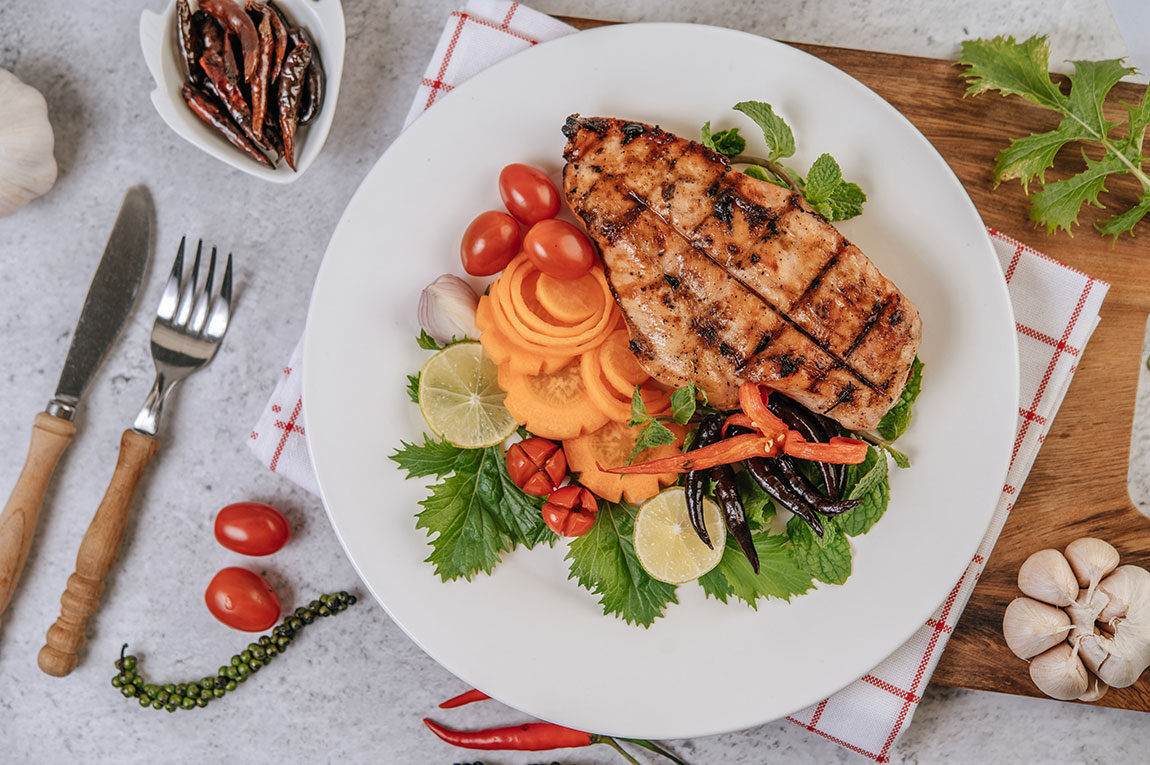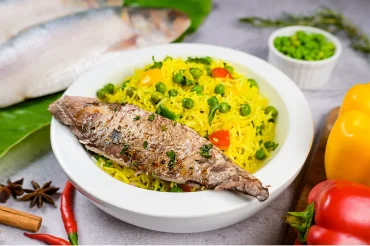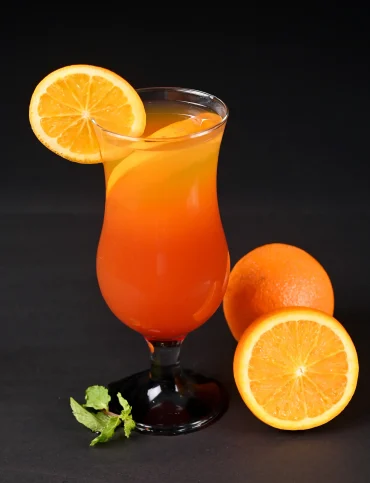Oh, good ol’ steak! The very mention lifts our spirits, does it not? Contrary to popular belief that steak is an American culinary item, the word “steak” was first used in 15th century Scandinavia and made popular in Florence, Italy.
The invention of the steak cut is widely attributed to Scandavia. More accurately, the word steak or steik has a mid-15th century Scandinavian origin. Some other popular pronunciations include the Middle English dialect stickna’ and the Old Norse word ‘steikja’. But actually, different steak cuts likely became popular at different time in history.
An American doctor, James Salisbury is said to have invented the Salibury steak in the year 1897 during the American Civil War, and recommended that people eat at least three of these meat portions every day. The British too had their own version which they called beefsteak cut from European domestic cattle. Old World literature mentions the wafting aroma of this meat roasting and filling the dusty streets of old England.
Since steak embodies so many varieties of meat, and so many butcher cuts, it is hard to say exactly when the first steak was sliced and cooked. The types of beef steak cuts popularly available are:
- Tenderloin – It is also known as Filet mignon, Châteaubriand, fillet or filet.
It is usually sold boneless and is the most expensive cut of steak. It is from the short loin and sirloin, under the ribs. A whole tenderloin starts wide and then tapers at the other end (the “tail”). A filet mignon comes from the narrower end, whereas a Châteaubriand comes from the thicker end.
When trimmed of skin, gristle, and fat, tenderloin is small and compact. The meat is lean and very fine-grained in its texture. Because of its smaller shape, tenderloin steaks are cut thicker than most other steaks. Being the tenderest of all the steaks and lean, tenderloin is buttery and mild in flavour.
Because cuts of tenderloin tend to be thick, the best way to cook it is to sear the outside until browned, then finish the cooking in the gentle, evenly distributed heat of an oven.
- New York Strip – Also known as NY strip, Manhattan, Kansas City strip, top sirloin, top loin, contre-filet, it is usually sold boneless. The portion is from the Short loin (behind the ribs), it looks almost rectangular with a slightly tapered edge. This type of meat is well marbled with some chunky pieces of fat around its edge. The meat is fine-grained in texture. It tastes like the neutral ideal of steak — beefy flavour, tender, moist, with a nice balance of lean meat to fat. They’re not as tender as tenderloins or ribeyes. It usually cooked over high heat by pan-searing, broiling, or grilling. This steak also makes wonderful sandwiches like the Philly Cheesesteak.
- Porterhouse – Also known as T-bone, date steak, it is sold with the bone in. According to USDA regulations, the tenderloin portion must be 1.25″ wide to be classified as a porterhouse and only .5″ wide to be classified as a T-bone.
It looks like a T-shaped bone with meat on both sides of the longer portion of the bone. On one side is a piece of the tenderloin, and the other side is New York strip with generous fat marbling throughout. It tastes like getting two steaks for one — one side is a piece of the buttery tenderloin, and the other side is beefy, juicy New York strip.
Because there are basically two different kinds of steak in one cut, you have to be careful when cooking since the tenderloin will cook more quickly than the strip side. Try to keep the tenderloin further away from the heat source: use a two-level fire when grilling or position it away from the heating element if broiling.
4. Ribeye – Also known as Entrecôte, Delmonico, Scotch fillet, Spencer. It is sold with the bone in or boneless. It has lots of fat marbling in the meat and large pockets of fat interspersed throughout. The middle (central eye) has a finer grain while the outer section is looser and fattier. Ribeyes are rich beefy and juicy, with plenty of fat to carry their flavour.
It is cooked over high heat — pan sear, broil, or grill. With the high fat content, though, you need to be careful about flareups.
5. Flank steak – It is also labelled as a London Broil
It tastes beefy and takes well to marinades. Be sure to cut flank into thin strips against its grain for maximum tenderness. Quick high heat is best for flank steak, but it also takes well to rolling and stuffing.
Some other kinds of very popular steaks are:
- Chicken steak in different kinds of sauce – This is a hot favourite in most parts of the world. Chicken steak in mushroom sauce, served hot with mashed potatoes and a side of baked veggies is heaven on a plate.
- Lamb Steak – A lamb steak is ideally cooked with the salt, pepper, garlic powder, onion powder, butter, rosemary and balsamic, and served with runner beans and potatoes. It is seared in a cast-iron, stainless steel, or other heavy-bottomed frying pan.
- Ham Steak – Ham steak is a thick slice cut from a whole roast of ham, either with the bone already removed or bone in.
- Prawn Steak – Prawn steak with asparagus, potato wedges and lemon garlic butter is a premium dish, served only at high end restaurants.
- Fish Steak – Fish steak or more specifically bekti and salmon steak is also a very popular dish, internationally.
- Cottage Cheese Steak – A wonderful vegan alternative to beef steak is the cottage cheese steak, which when done right is a burst of flavour in the mouth.
This journey of steak is sure to have gotten you salivating for some top quality steak. Well, the good news is your can order in or drop by to Chapter 2, Southern Avenue, for the best of steak that this city has to offer.




